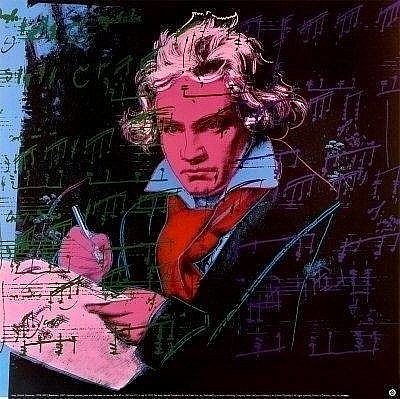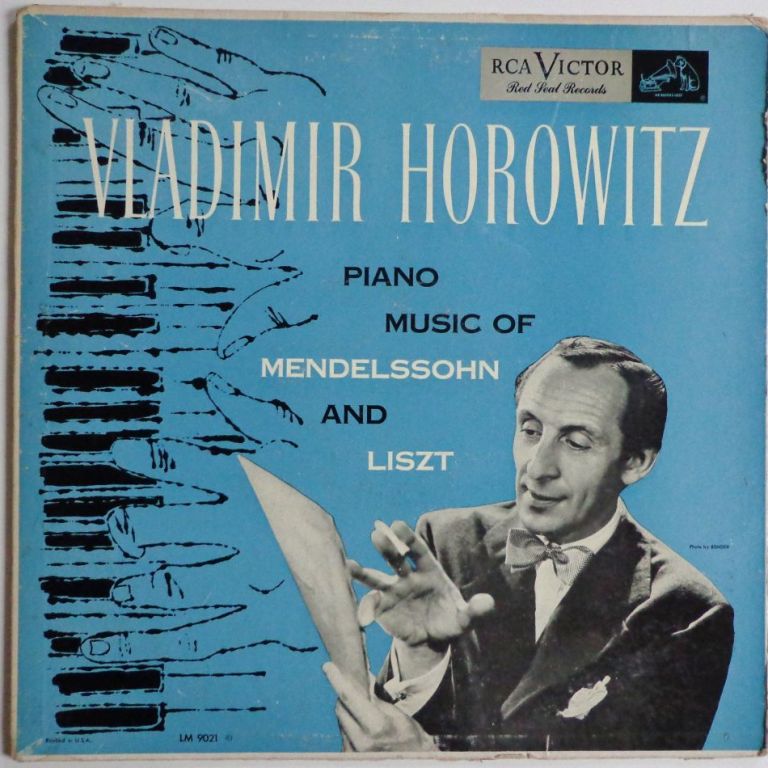by Jarrett Hoffman
 IN THIS EDITION:
IN THIS EDITION:
•Events today from Church of the Covenant and Cleveland Chamber Music Society
•Job openings and a new position from Piano Cleveland, The Cleveland Orchestra, and Oberlin Conservatory
•Fairs to learn about The Music Settlement’s summer offerings, and guitarists at the Bop Stop this weekend
•Jazz- and basketball-inspired artists, with works at the Cleveland Museum of Art
•Almanac: Andy Warhol and music, including his series of Beethoven prints
HAPPENING TODAY:
Today’s edition of the “Tuesday Noon” series at Church of the Covenant features Steven Plank at the organ in works by Samuel Scheidt, William Byrd, and Louis Couperin. And at 7:30 pm, the Cleveland Chamber Music Society features pianist Richard Goode (replacing Cuarteto Casals) in music by Robert Schumann, Schubert, Bartók, and Beethoven.
As always, see our Concert Listings for links, tickets, and more details.
JOB OPENINGS & A NEW POSITION:
Piano Cleveland has an opening for an Education and Community Engagement Coordinator, The Cleveland Orchestra is looking for an Artistic Administrator, and Oberlin Conservatory announces the creation of an endowed postdoctoral fellowship dedicated to jazz history.
TMS & BOP STOP:
The next two Sundays from 11-2, The Music Settlement will hold Camp & Summer Program Fairs for anyone interested in learning more about TMS’s summer opportunities. The free events will take place on both the West and East Sides: February 27 at Market Square at Crocker Park, and March 6 at Hawken School. Browse the summer offerings here.
And the Bop Stop has pointed out that its upcoming lineup features a common thread. “Some heavy-hitting guitar players including Wayne Krantz, Dan Wilson, and Dan Bruce all perform this weekend,” the venue writes on Facebook. Browse this week’s Bop Stop events here.
INTERESTING READS VIEWS:
Whether you’re interested in the influence of music on visual art, or in this past weekend’s NBA All-Star Game in Cleveland, it’s worth taking a digital look at two pieces recently shared on Facebook by the Cleveland Museum of Art.
The first is by Romare Bearden, who grew up during the Harlem Renaissance, and whose “imaginative collages, which he often translated into printed media as here, employed a fragmented style inspired by the rhythms of jazz.” See his 1979 Open Door here.
And the second is by David Hammons, whose 2002 Untitled (Basketball Drawing) was made by “bouncing a charcoal-covered basketball onto a sheet of white paper.” Another unexpected tool involved in its creation: an empty water bottle behind the frame, propping it up. (And you can actually see it online, thanks to the multiple views included.) Check it out here.
TODAY’S ALMANAC:
There’s a long history of visual art influencing the creation of music, and vice versa. One important artist steeped in that cross-pollination is Andy Warhol, that leading figure of the pop art movement who was born in Pittsburgh, and who died on this date in 1987 in New York City at age 58.
Warhol influenced many musicians, including David Bowie, but one more direct connection he had with music was his involvement with the experimental rock group The Velvet Underground. Having heard about them through the grapevine shortly after their formation, he went to hear them play in 1965. Impressed, he offered to be their manager — a partnership that raised the profile of the group significantly.
Soon the band was performing in Warhol’s “Exploding Plastic Inevitable” multimedia shows, which included music and dance alongside the artist’s films. The artist also served as nominal producer for the group’s now-iconic debut album The Velvet Underground & Nico (1967), where they were joined by that German-born singer at Warhol’s insistence.
Featuring a Warhol print of a banana on the front cover, that record also serves as an entry point for a discussion of Warhol’s album artwork, an area in which he was prolific, and highly varied when it came to musical genre. Perhaps his most famous entry was the provocative image that accompanied The Rolling Stones’ Sticky Fingers (1971), which included a working zipper and belt buckle.
In the area of classical music, Warhol designed album covers for figures such as composer and conductor Carlos Chávez and pianist Vladimir Horowitz, and ensembles such as the Indianapolis Symphony, Vienna Philharmonic, Boston Pops, and Philadelphia Orchestra. Warhol cover art collector and researcher Guy Minnebach shares images of the classical album covers in his blog here, and Warhol’s album covers in general here.
Even if you think you aren’t familiar with Warhol’s work, you would probably recognize his vividly-colored series of portraits of Marilyn Monroe. Other celebrities to receive that treatment included Elvis Presley, Muhammad Ali, and — in a different use of the word ‘celebrity’ — Ludwig van Beethoven.
For the 1987 Beethoven series, Warhol began where else but with the famous portrait of that composer by Joseph Karl Stieler, an image you’ll recognize from its use in publications and press materials time and time again. From there, Warhol overlays a sheet of music — an excerpt from the “Moonlight” Sonata — and employs his signature, dramatic color scheme. Click here and scroll down, past the Mick Jagger material, to view the Beethoven series from the Masterworks Fine Art Gallery in San Francisco.
On a final note, on this date in 2018, research was published in the journal Science showing that humans were not the first artists present on this earth. That honor belongs instead to Neanderthals, thanks to their cave paintings 65,000 years ago in Spain.
For a more purely musical exploration of this date in history, read last year’s celebration of American composer, arranger, and bandleader James Reese Europe here.



